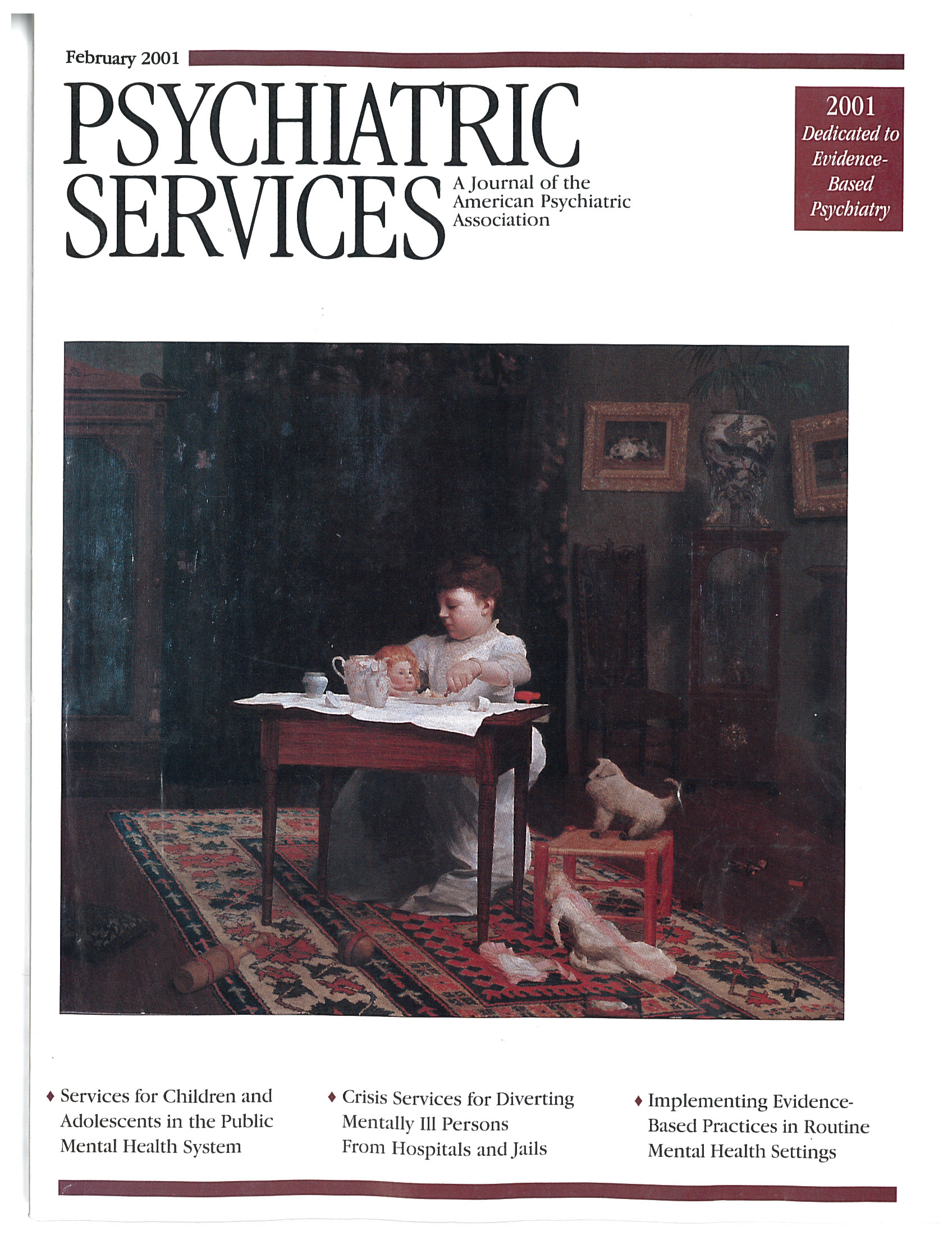An Examination of Racial Differences Among Mentally Ill Offenders in Massachusetts
Abstract
Data from 169 mentally ill prison inmates who completed a three-month program to help them reenter the community were analyzed to compare the demographic and clinical characteristics of white, black, and Hispanic participants. A total of 107 were Caucasian, 35 were black, and 27 were Hispanic. Caucasian participants were more likely to have affective disorders and to report a history of substance use problems. Black and Hispanic participants were more likely to have thought disorders. Black participants released from prison tended to migrate to more urban areas than Caucasians. Of those engaged in the community at program completion, 60 percent were Caucasian, 22 percent were black, and 18 percent were Hispanic.



